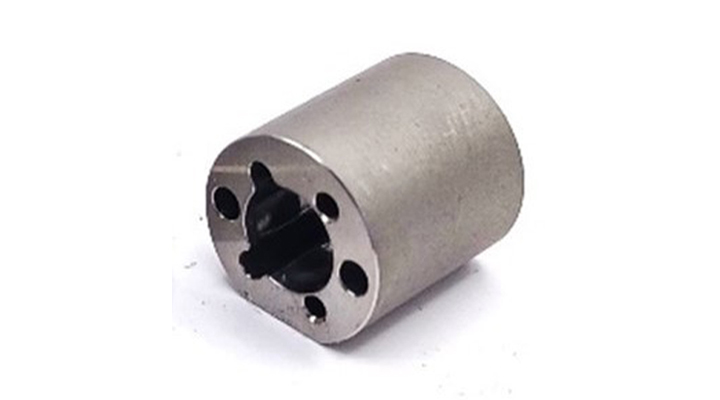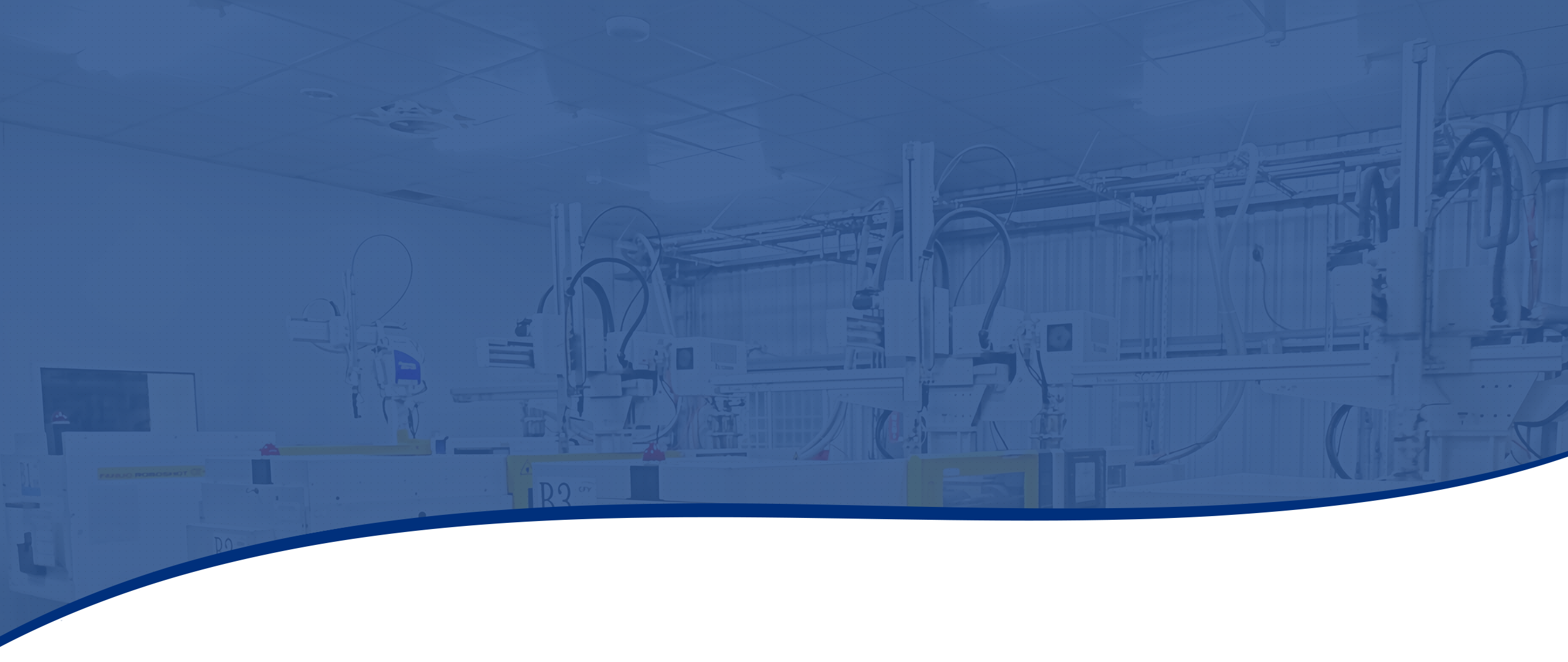- Mixing: The powder material and polymer-based binder are thoroughly mixed using high-efficiency equipment (typically achieved through melt blending or high-shear mixing) to ensure uniform distribution.
- Injection Molding: The mixed powder-binder blend is heated and injected into a mold to form the desired shape.
- Debinding: The binder is removed from the mixture, typically through thermal debinding or solvent debinding. The extent of binder removal significantly impacts the final product's quality.
- Sintering: The debound parts are placed in a high-temperature furnace for sintering. The powder particles are heated at high temperatures, causing them to fuse together and form strong components with the desired strength and durability. The post-sintering parts, known as "sintered bodies," achieve the required performance and density.
Depending on the type of powder material used, PIM can be further classified into Ceramic Injection Molding (CIM) and Metal Injection Molding (MIM). CIM is widely used in applications that require high wear resistance, high-temperature stability, and insulation properties. Common composite materials used in MIM include stainless steel, metal alloys, refractory metals, titanium alloys, and more.
Titanium alloys are alloys made by mixing titanium with other metal elements such as aluminum, chromium, tantalum, vanadium, and others. The addition of these metal elements improves the mechanical properties of titanium. Due to its high biocompatibility, titanium alloys are widely used in the biomedical field. Additionally, they offer high strength, low density, and excellent corrosion resistance, making them suitable for applications in the aerospace industry.

Common types of titanium alloys include:
- Commercially Pure Titanium (CP-Ti): Commercially pure titanium typically contains over 99% titanium, with almost no other alloying elements. This titanium alloy has lower strength but excellent corrosion resistance and biocompatibility.
- Alpha Titanium Alloys: These alloys contain a higher proportion of the alpha phase (the high-temperature stable phase of titanium). They generally offer better high-temperature strength and exceptional corrosion resistance, but have lower strength, and better hardness and machinability.
- Beta Titanium Alloys: Beta titanium alloys contain a higher proportion of the beta phase (the low-temperature stable phase of titanium). These alloys offer higher strength and better ductility and can be further strengthened through heat treatment.
- Alpha + Beta Titanium Alloys: These alloys combine both alpha and beta phases, incorporating the characteristics of both alpha and beta titanium alloys. They typically offer good strength, toughness, and high-temperature performance.




